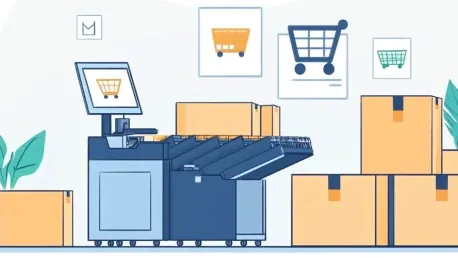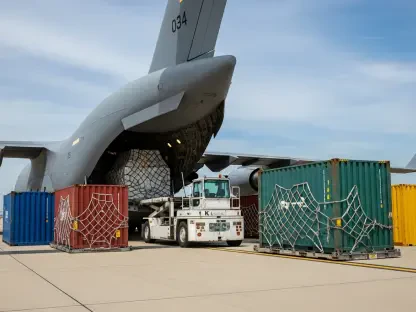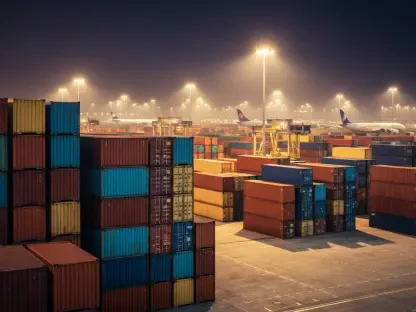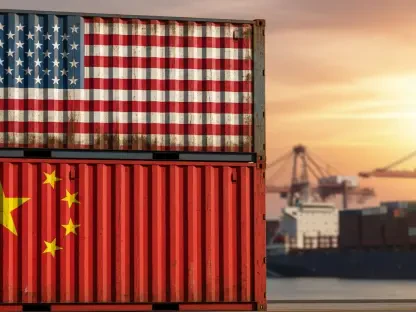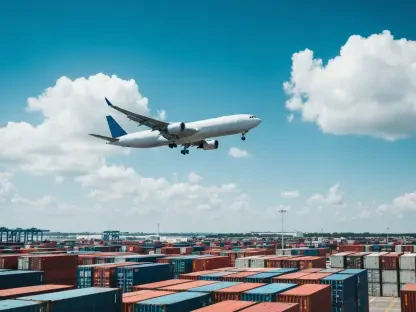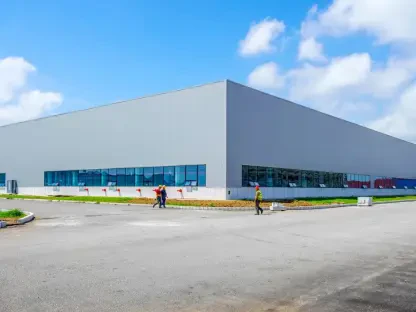The global sorter machines market is poised for significant growth, driven by the burgeoning e-commerce sector and rising automation in logistics and warehousing. Valued at USD 1,457.5 million in 2024, the market is anticipated to reach USD 1,902.4 million by 2034, expanding at a compound annual growth rate (CAGR) of 2.7%. This article delves into the trends, technological advancements, and regional dynamics propelling this growth.
Importance of Sortation in Logistics and Warehousing
Enhancing Operational Efficiency
Sorter machines are paramount in revolutionizing logistics and warehousing. These machines streamline the order fulfillment process by expediting receiving, picking, packing, and shipping operations. Companies leveraging automated sortation systems experience a reduction in operational errors and distribution costs, which significantly boosts their productivity and accuracy.
The integration of sorter machines is particularly crucial for scaling operations smoothly. Automated systems can handle large volumes of items efficiently, mitigating the risk of bottlenecks and ensuring swift product turnover. This capability is especially vital in high-demand periods, such as holiday seasons, where order volumes surge considerably.
Reducing Costs and Errors
Adopting sorter machines translates to substantial cost savings. By minimizing human intervention, companies can cut labor costs and reduce the likelihood of errors commonly associated with manual sorting processes. Automated systems ensure consistent performance, which is indispensable for maintaining high standards of customer satisfaction.
In the warehousing sector, the error margin can make or break the efficiency of an operation. Sorter machines, through precise sorting algorithms and technology, drastically reduce the chances of mis-sorted items, leading to more accurate order fulfillment and happier customers. This improvement in service quality fosters customer loyalty and repeat business.
Rising E-Commerce Demand
Surge in Online Shopping
The e-commerce boom has been a pivotal driver for the sorter machines market. The exponential rise in online shopping demands advanced distribution and warehousing solutions that can keep pace with consumer expectations for quick and accurate deliveries. The e-commerce sector’s dependence on sorter machines stems from the necessity to handle diverse packaging formats—from cartons to polybags—efficiently.
As consumer behavior continues shifting towards online shopping, the demand for sophisticated sortation systems is expected to rise. The ability of sorter machines to handle a myriad of products with varying sizes and weights makes them invaluable assets to e-commerce operations, ensuring timely deliveries and efficient inventory management.
Addressing Diverse Packaging Needs
E-commerce platforms deal with a wide variety of product sizes and packaging types. Sorter machines are engineered to adapt to these diverse requirements, providing seamless operations. Automated sortation systems can sort items based on size, weight, and even fragility, ensuring that each product is handled appropriately to avoid damage.
The technology embedded in modern sorter machines allows for real-time adjustments to sorting parameters, optimizing the sorting process. This adaptability is crucial for e-commerce platforms that must rapidly adjust to fluctuations in demand and changes in product lines, ensuring operational resilience.
Technological Advancements in Sortation Systems
Integration of AI and Machine Learning
The sorter machines market is undergoing significant transformation, fueled by technological advancements such as artificial intelligence (AI) and machine learning. These technologies enhance the operational capabilities of sorter machines, providing precise control over sorting speeds and reducing the error margin to near zero.
AI-driven systems can analyze large amounts of data in real time, allowing them to make instant decisions that enhance sorting accuracy and efficiency. Machine learning algorithms enable these systems to learn from past errors and improve their performance over time, leading to continual operational improvements and more reliable outputs.
Overcoming Operational Challenges
One of the traditional challenges in sortation has been handling polybags, which often get stuck in conveyor belts. Modern sorter machines, equipped with cutting-edge technologies, have been designed to mitigate such issues. Enhanced sensors and smarter mechanical designs help ensure smooth handling of all types of packages, reducing downtimes and improving overall system reliability.
Technological advancements also aid in predictive maintenance. AI can foresee potential machine failures by monitoring system performance and identifying early signs of wear and tear. This proactive approach reduces unplanned downtimes and extends the lifespan of sorter machines, offering a significant return on investment.
Sector-Specific Applications
Logistics and Warehousing
In logistics and warehousing, sorter machines are indispensable tools for systematic order consolidation and accurate sorting. They facilitate the organization of vast inventories, enabling workers to locate and dispatch products with enhanced speed and accuracy. Automated systems also support dynamic warehousing strategies, where goods are stored and retrieved based on real-time demand, optimizing space utilization.
These systems contribute significantly to increased throughput rates in warehouses. The ability to sort thousands of items per hour ensures that logistics centers can manage high volumes efficiently, meeting the fast-paced demands of modern supply chains.
Food and Beverage Industry
The global market for sorter machines is set for substantial growth, fueled by the booming e-commerce industry and increasing automation in logistics and warehousing. In 2024, the market is projected to be valued at USD 1,457.5 million and is expected to grow to USD 1,902.4 million by 2034, with a compound annual growth rate (CAGR) of 2.7%.
This growth can be attributed to several factors, including advancements in technology and increasing investment in automated systems that enhance efficiency in logistics operations. Developments in AI and machine learning have significantly improved the capabilities of sorter machines, making them faster and more accurate. Additionally, the rise in online shopping has led to a surge in demand for efficient sorting and distribution systems to manage the high volume of parcels.
Regional dynamics also play a crucial role in this market expansion. North America and Europe are leading the way due to their advanced infrastructure and early adoption of automation technologies. Meanwhile, the Asia-Pacific region is catching up rapidly, spurred by economic growth and increased investments in automation.
In summary, the sorter machines market is on an upward trajectory, propelled by technological innovations and the growing need for efficient logistics solutions. As more companies seek to streamline their operations, the demand for advanced sorter machines is expected to rise steadily, driving market growth in the coming years.
